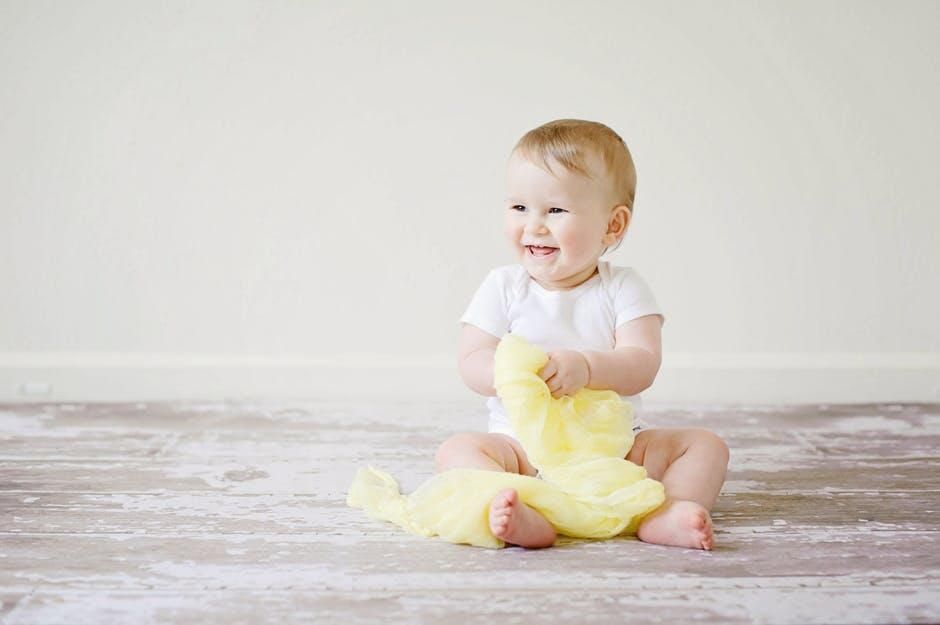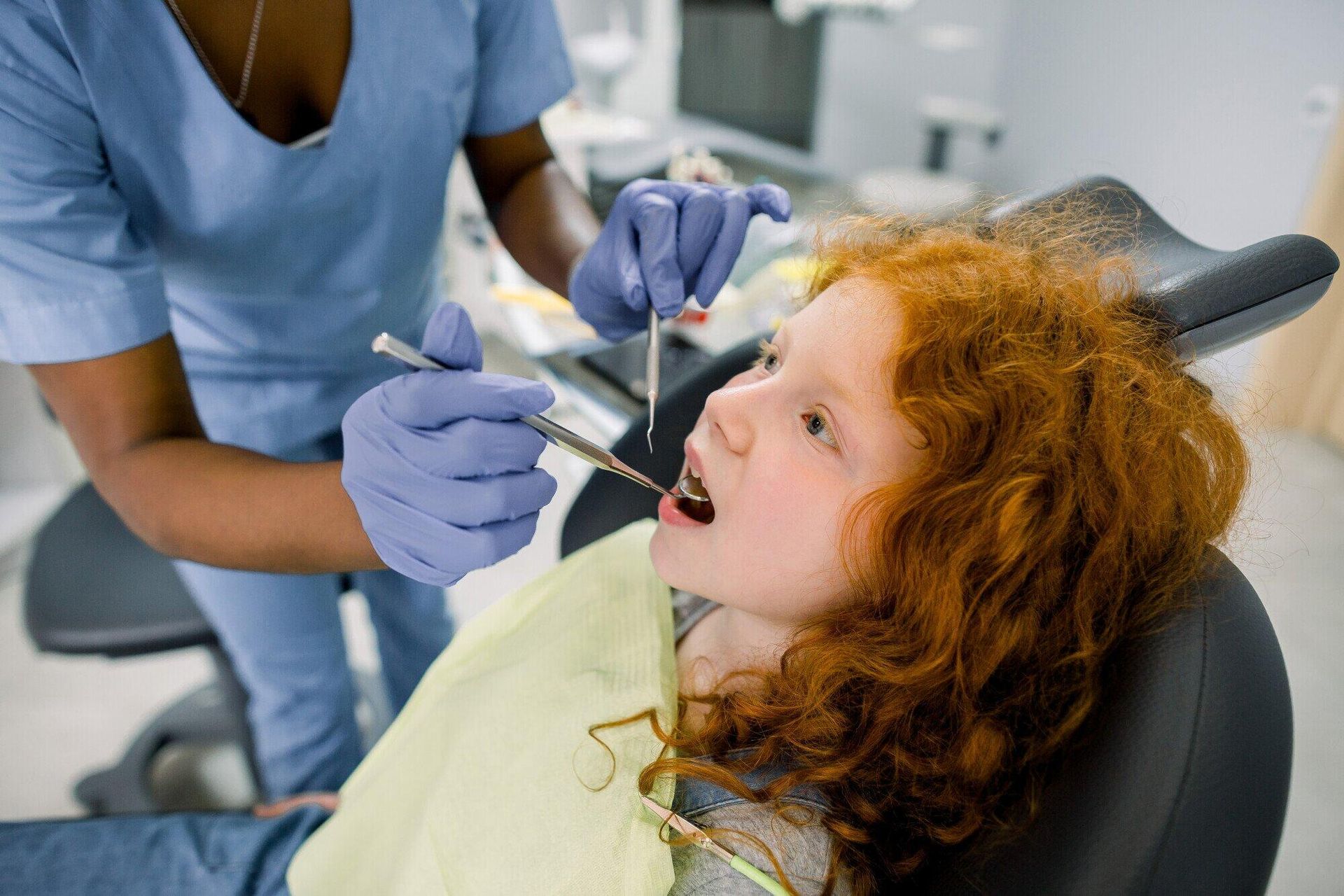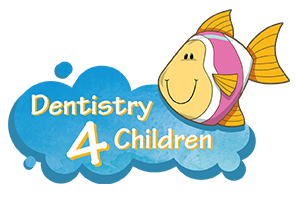The Role of Dental Sealants in Preventing Cavities in Children
More than half of children develop at least one cavity in their baby teeth by the age of eight, according to the CDC. Tooth decay ranks among the most prevalent long-term health issues affecting children in the United States.
As a parent, you do everything to protect your child's health. But even with brushing and regular checkups, tooth decay can sneak in, especially in the deep grooves of molars. That is where dental sealants come in.
Dental sealants are an effective, preventive dental treatment designed to protect your child's teeth from cavities. Sealants could be the answer if you are a busy parent in Friendswood, TX, seeking proven solutions to support your child's dental health.
Let us learn how this simple treatment can give your child a healthier smile and fewer dental visits down the road.
What Are Dental Sealants?
Dental sealants are thin, protective coatings made from safe, BPA-free dental resin. Pediatric dentists apply them to the chewing areas of the very back teeth, typically the pre-molars and molars, because these teeth are the most vulnerable to developing cavities.
These back teeth are filled with deep pits and narrow grooves that trap food and plaque. Even with proper brushing, these areas can be challenging to clean and reach.
Sealants operate by filling in those grooves and creating a smooth, protective layer over the tooth. This barrier blocks bacteria, food debris, and acids from settling into the enamel and starting the decay process.
How Dental Sealants Work
Sealants act as a powerful shield over the tooth's surface. Once applied, they seal the grooves where food particles and bacteria most often gather, reducing the risk of cavities. This protective function is especially crucial during a child's cavity-prone years.
Below are the key steps in how dental sealants work to safeguard your child's smile:
- Sealants bond to the grooves and pits of molars
- They dry into a hard, plastic-like coating
- The surface becomes smoother, making it easier to clean
Sealants are beneficial during the cavity-prone years of ages 6 to 14.
The Sealant Application Process
The sealant application process is quick, painless, and non-invasive. It is designed to be comfortable for children and does not require anesthesia. Most kids find the procedure easy and even enjoyable, especially in a friendly pediatric setting.
Here is how it works:
Step 1: Cleaning the Tooth
The tooth is cleaned to remove plaque, food particles, and any surface debris. This ensures the sealant adheres well without being blocked by unwanted residue.
Step 2: Preparing the Tooth Surface
A gentle acidic solution, usually a type of dental etchant, is applied to the chewing surface. This slightly roughens the enamel to create a stronger bond between the sealant and the tooth.
Step 3: Applying the Sealant
After rinsing and drying the tooth again, the dentist carefully paints the liquid sealant into the deep grooves and fissures. The sealant flows into these crevices, creating a thin but durable protective coating.
Step 4: Hardening the Sealant
A curing light is used to harden the sealant material quickly. In seconds, the liquid transforms into a solid barrier that shields the tooth from bacteria and decay.
The entire process takes only a few minutes per tooth.
There is no drilling, no needles, and absolutely no discomfort involved during the sealant procedure. Your child can return to normal activities right after the visit.
Benefits of Dental Sealants for Kids
Applying sealants during childhood can provide years of protection. They serve as a proactive approach to dental care, minimizing the risk of cavities before they develop. In addition to preserving your child's natural teeth, sealants help reduce future dental treatment needs.
Some of the top benefits include:
- Effective cavity prevention in hard-to-reach molars
- Cost-effective compared to fillings or restorative treatments
- Quick and painless application
- Long-lasting protection for up to 9 years with proper care
- Safe and tested for pediatric use
Preventing Tooth Decay Early
Tooth decay in children can lead to pain, infection, difficulty eating, and missed school days. Left untreated, it can impact your child's:
- Speech development
- Nutrition
- Self-esteem
Dental issues at an early age often carry into adulthood if not addressed. Sealants play a critical role in preventing tooth decay before it starts.
Children with sealants have fewer cavities and are less likely to require fillings or crowns later in life. This early protection preserves the structure of their natural teeth and helps avoid more invasive procedures down the road. It also means fewer dental visits for treatment and less anxiety associated with dental care.
Combined with regular cleanings and a good brushing routine, dental sealants help your child maintain a healthy, confident smile.
Are Sealants Safe for Children?
The materials used for sealants have been tested and are approved for use in dental care for kids. They are BPA-free or contain low levels that are not considered harmful.
Dentists recommend sealants for:
- Children with deep grooves in their molars
- Kids who have already had cavities
- Children with special needs who may have difficulty brushing
Best Sealants for Teeth: What to Ask Your Dentist
Parents often ask about the best sealants for teeth. The right choice depends on your child's needs and the dentist's recommendation.
Some sealants are clear, allowing dentists to monitor the tooth underneath. Others are white or slightly tinted for visibility.
Discuss with your pediatric dentist:
- Material safety and durability
- Whether sealants are fluoride-releasing
- Expected lifespan of the sealants
Children’s Dental Health: Sealants and More
While sealants are powerful, they work best when combined with a complete at-home and professional oral care routine. Good dental habits reinforce the protection sealants provide and help ensure long-term results. They work in harmony to keep your child's mouth clean and healthy.
While sealants are powerful, they work best when combined with other good habits, such as:
- Brushing with fluoride toothpaste twice a day
- Flossing daily
- Limiting sugary drinks and snacks
- Routine dental cleanings and exams
At Dentistry 4 Children, we take a preventive approach to children's dental health, providing personalized guidance and education for parents.
Why Pediatric Dentists Recommend Sealants
Pediatric dentists are specially trained to work with children, including those with dental anxiety or special healthcare needs. Their training includes:
- Advanced behavioral techniques
- Communication strategies
- A deep understanding of childhood development
They use a combination of:
- Friendly explanations
- Distraction methods
- A comforting tone
This ensures kids feel at ease during appointments. They understand how to make procedures like sealants stress-free.
Many parents in Friendswood, Pearland, and League City choose Dentistry 4 Children because of our warm, child-centered approach. We emphasize prevention, comfort, and education.
We also provide multiple sedation options when needed, helping children who might otherwise struggle with dental care.
When Should My Child Get Sealants?
Timing is critical when it comes to sealant effectiveness. Applying them at the right stage in your child's dental development maximizes their protective benefits. Most dentists recommend applying sealants as soon as permanent molars come in:
- First molars around age 6
- Second molars around age 12
The earlier the sealant is applied, the more protection it offers. Children at high risk for cavities may also benefit from sealants on their baby teeth.
How Long Do Dental Sealants Last?
Dental sealants can last up to 9 years, but their effectiveness decreases over time. Regular checkups allow your dentist to monitor sealants and reapply them as needed.
Children who grind their teeth or chew hard foods may require more frequent evaluations.
Can My Child Eat After Getting Sealants?
There are no food restrictions after the procedure. Your child can eat and drink right away without worrying about damaging the sealants. Just encourage them to maintain good brushing habits to keep the sealants and surrounding teeth clean.
What if My Child Already Has Cavities?
A dentist can treat decay and still apply sealants to other healthy teeth. Placing sealants on teeth that have not yet developed cavities can prevent the spread of decay and protect vulnerable surfaces.
Your child's dentist will evaluate each tooth and create a personalized plan to ensure long-term protection and optimal oral health.
Sealants Are Worth the Investment
Compared to the cost of fillings or crowns, sealants are an affordable option and are often covered by many insurance plans. Sealants save money and protect your child's oral health in the long term.
If you are a working parent, adding sealants during a regular cleaning visit makes it easy to fit into your schedule.
Dental Care for Kids in Friendswood, TX
Parents in Friendswood, Pearland, and League City trust Dentistry 4 Children to provide expert dental care for kids. Our team is trained in calming techniques and dental care for children with anxiety or sensory challenges.
Every child deserves a gentle introduction to dental visits. We are committed to making each visit as relaxed and positive as possible.
Protect Your Child’s Smile With Dental Sealants
Dental sealants play a crucial role in maintaining your child's teeth's strength and health. When paired with good hygiene and professional care, they reduce the risk of cavities.
At Dentistry 4 Children in Friendswood, Dr. Lisa Richardson and her caring team have been serving local families for over 20 years. Driven by a passion to help all children, including those with special needs, Dr. Richardson believes that no child should fear the dentist.
Schedule your child's appointment today and ask about dental sealants during your visit.















